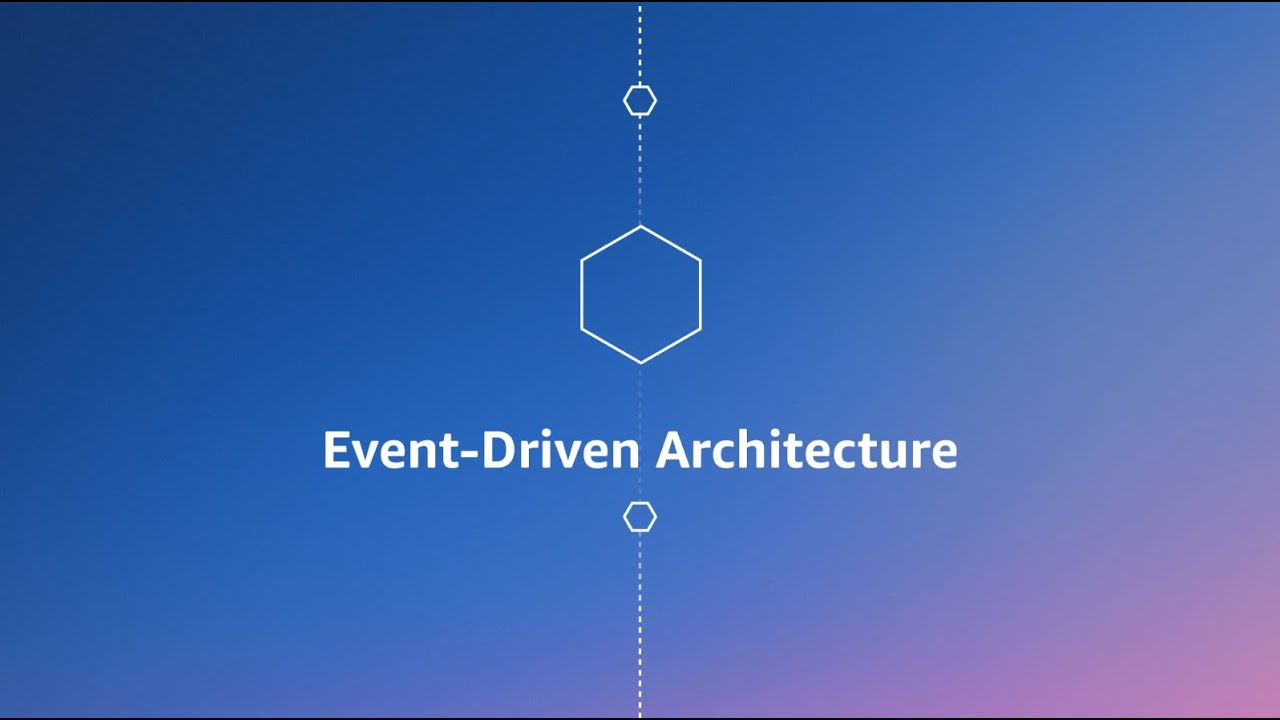Introduction
In the fast-paced digital landscape, where businesses strive to stay agile and responsive, the event-driven system design approach has emerged as a powerful and adaptable architectural pattern. By leveraging the power of events, organizations can build systems that are scalable, flexible, and capable of reacting to changing requirements with ease. In this blog post, we will explore practical examples of event-driven system design, utilizing the versatility of sequence diagrams to illustrate the underlying concepts.
Event-driven architecture (EDA) is a paradigm that emphasizes the production, detection, consumption, and reaction to events. In this approach, components of a system communicate asynchronously, with events serving as the primary means of information exchange. This decoupled nature allows for greater scalability, improved responsiveness, and easier integration of diverse system components.

